Microsoft's distributed VR lets viewers explore a shared 3D world independently
Microsoft is still making moves in the market
2 min. read
Published on
Read our disclosure page to find out how can you help MSPoweruser sustain the editorial team Read more
Key notes
- Microsoft patented “distributed virtual reality,” letting viewers explore shared 3D worlds independently.
- The system sends data to viewers’ devices for personalized experiences.
- With HoloLens 2 and WMR ending, this patent may represent a shift to more flexible VR.
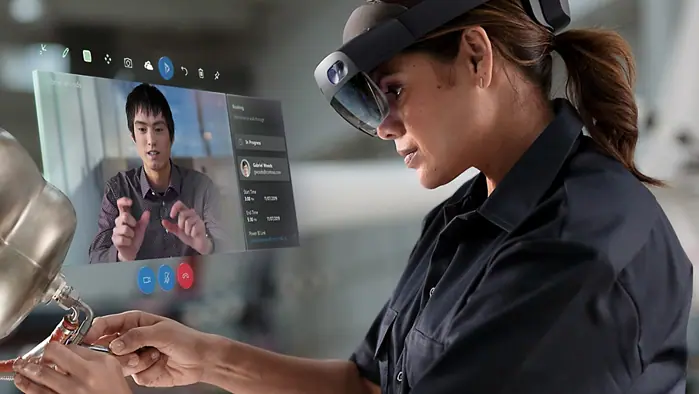
Microsoft patented what they call “distributed virtual reality.” It’s a piece of tech that will use a handheld display device to show other people what someone is seeing in VR (virtual reality).
The US Patent and Trademark Office (USPTO) has recently published a 23-page patent document from the Redmond tech giant, with an application date in June 2024 but only published recently in November. As described, the system lets a presenter share a virtual 3D world with a viewer, who can explore it from their own perspective using a VR headset.
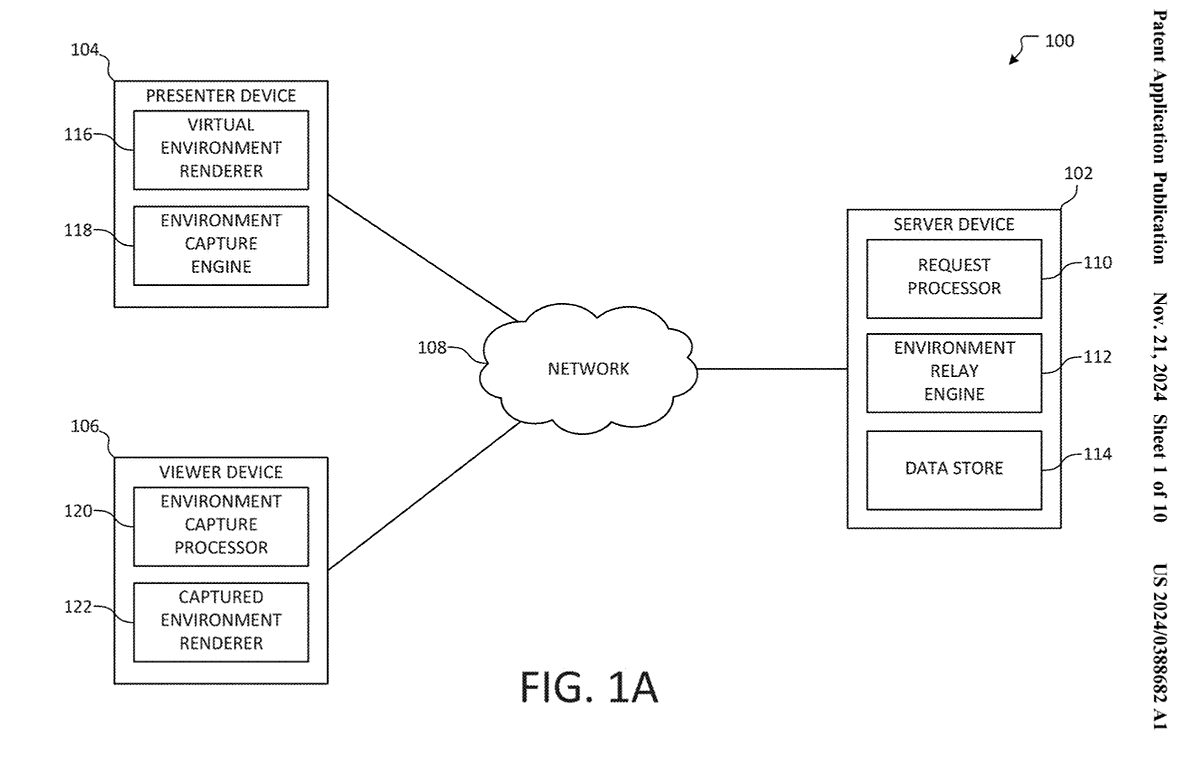
The system allows a presenter to share a 3D virtual world by sending depth and color data to a viewer’s device. The viewer’s device then uses this data to create and display the environment, such as through a VR headset.
So, unlike traditional shared views, the viewer can explore the virtual world from their own perspective, which can be completely different from the presenter’s view. This means you’ll have the freedom to interact with and experience the environment independently.
“Virtual reality may provide a user with an immersive experience in a virtual environment. However, sharing the immersive experience with another user is challenging,” Microsoft describes the idea behind the system.
But still, a patent application is always best to be taken with a grain of salt. It’s a common practice in the tech industry where companies file for a system or a device, not to release them, but to protect the ideas from competitors.
Microsoft deprecated Windows Mixed Reality last year. It allows us to speculate that there’s a shift toward more flexible and collaborative VR experiences, such as the distributed virtual reality system described here.
In October, however, Microsoft ended production of its HoloLens 2 mixed reality headset, with no place for a replacement (via UploadVR). Support for the device, including security updates, will continue until December 31, 2027. The company has also announced the end of software support for the original HoloLens, which will cease on December 10, 2024.
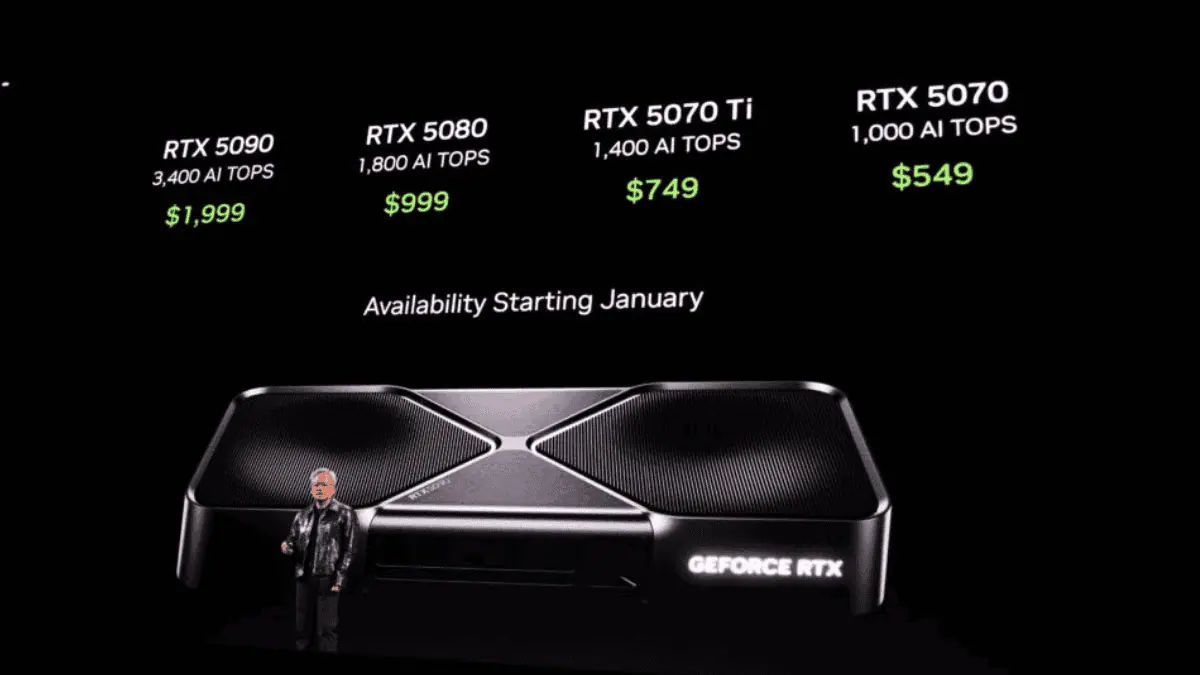
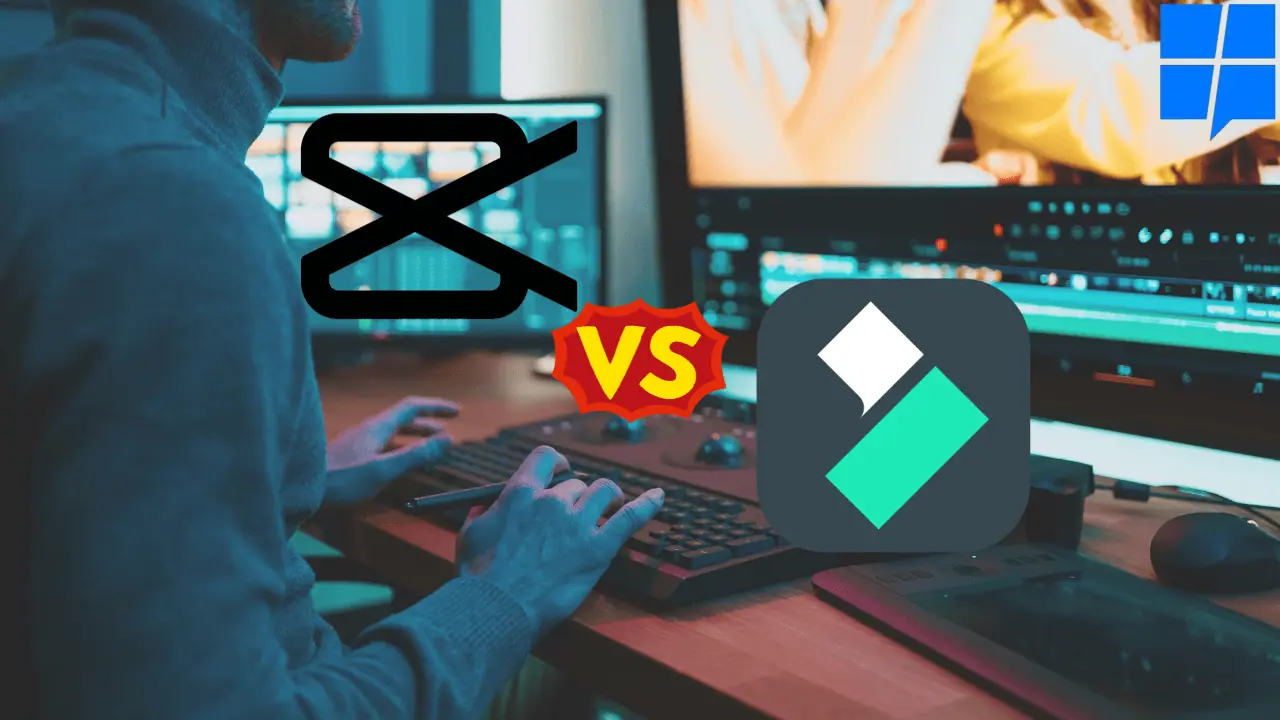
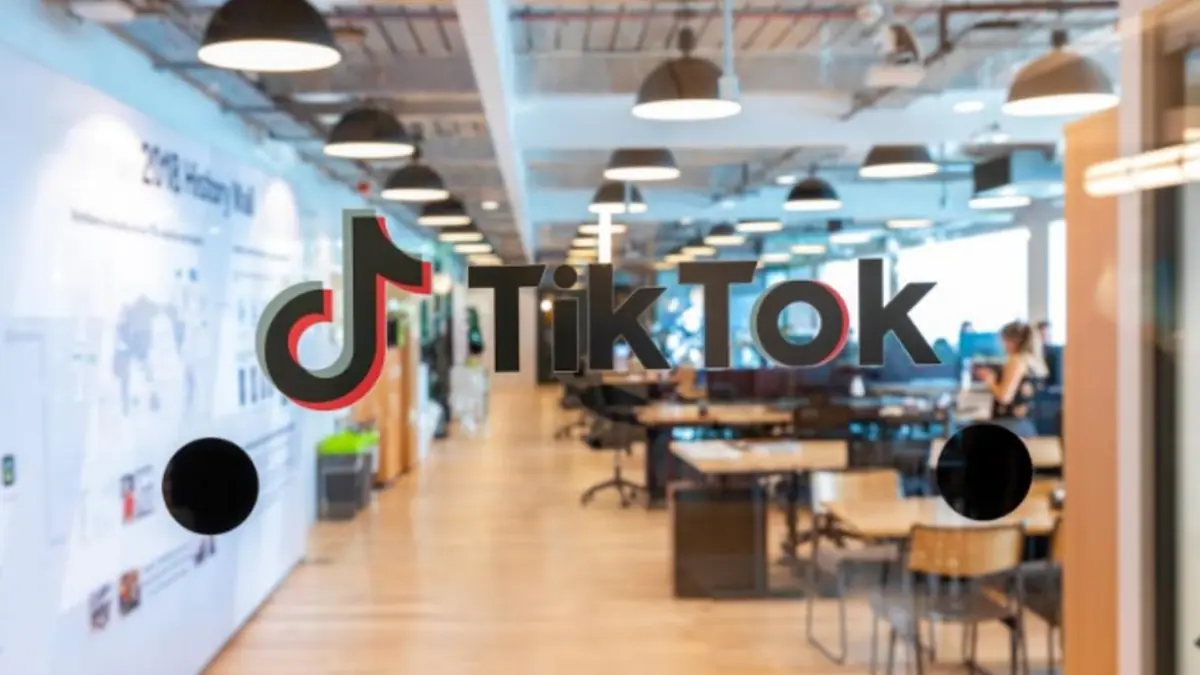


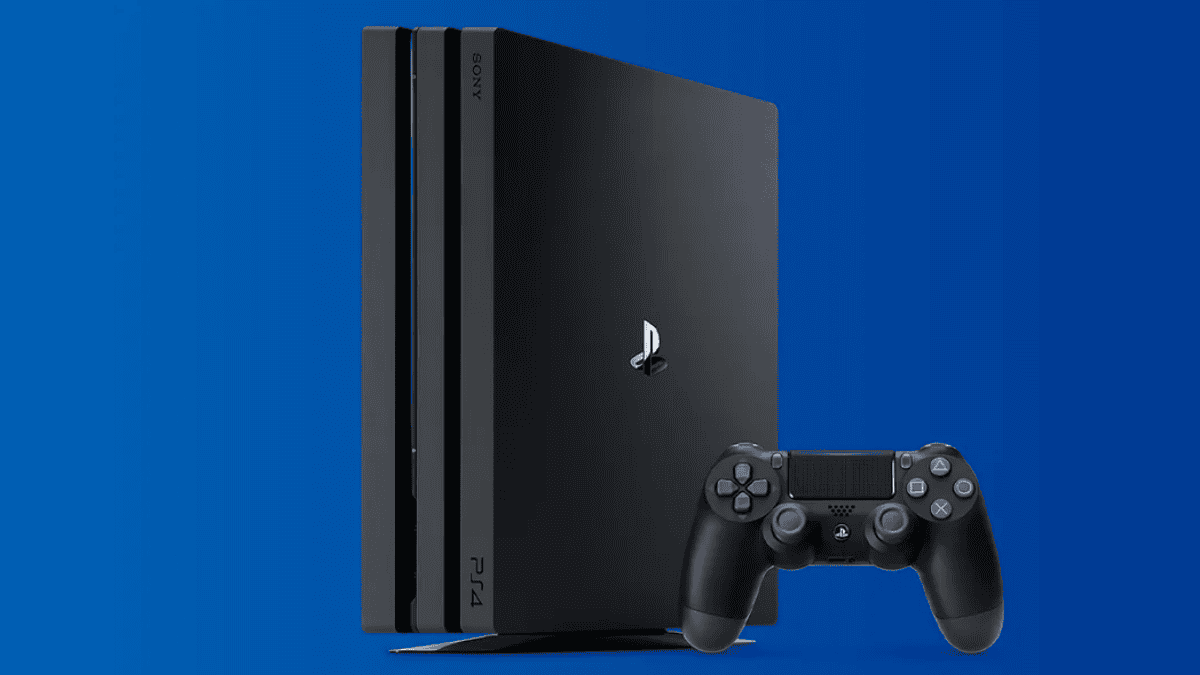
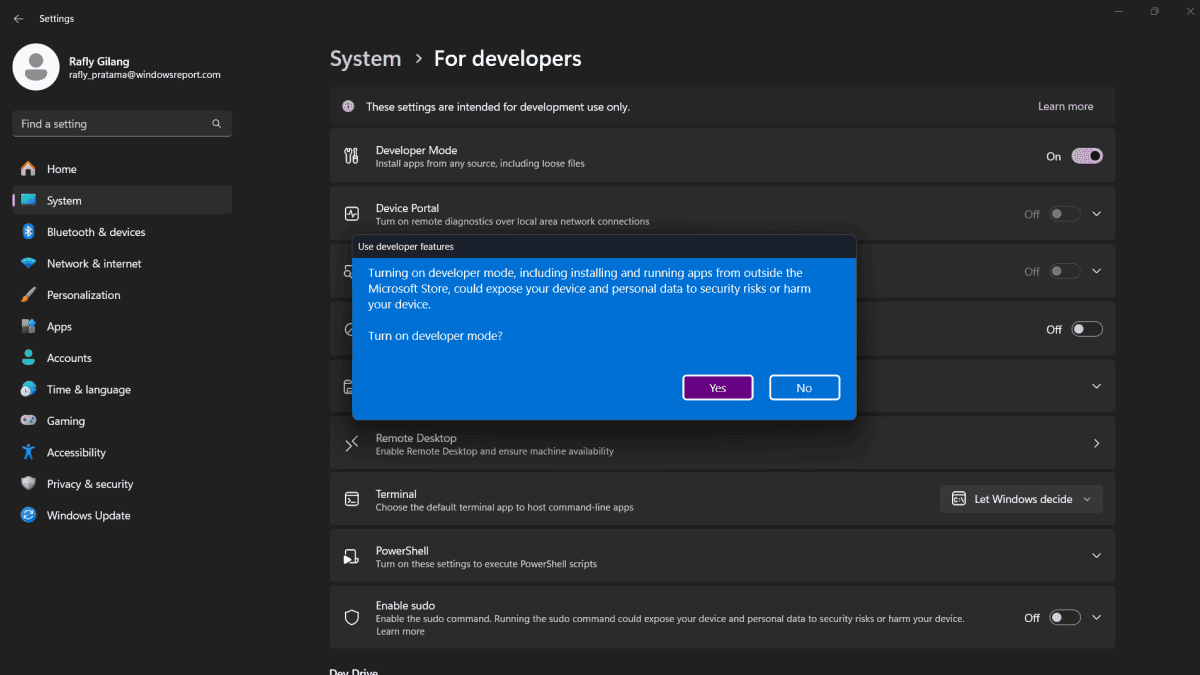
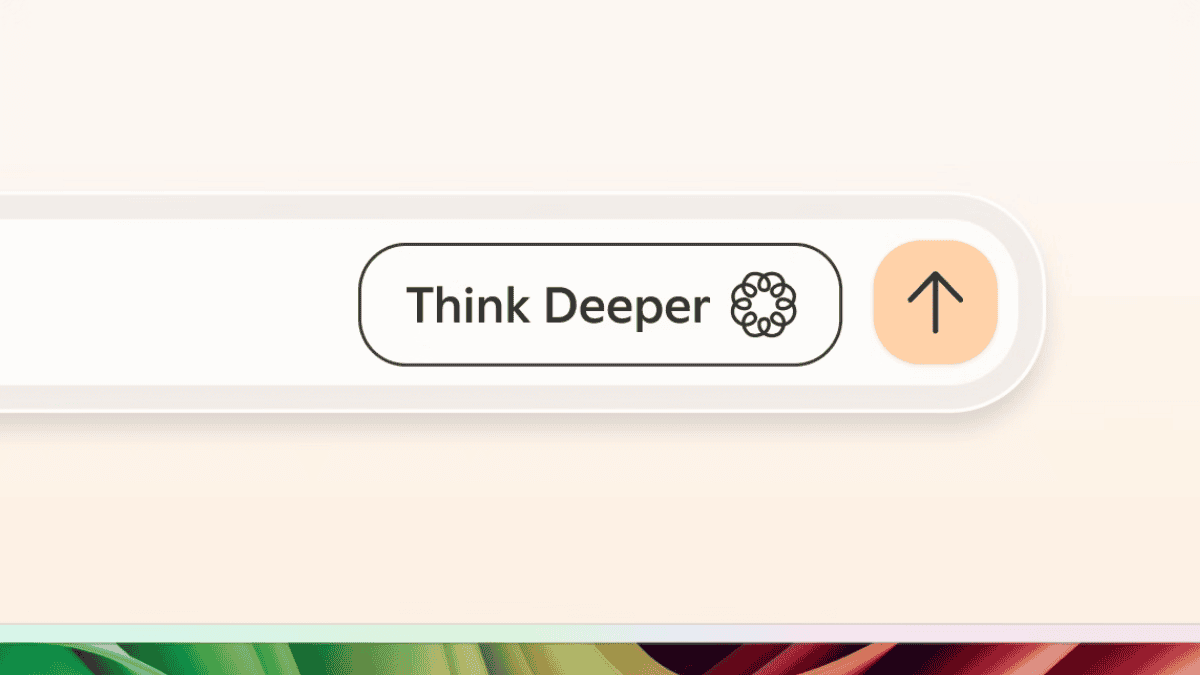
User forum
0 messages